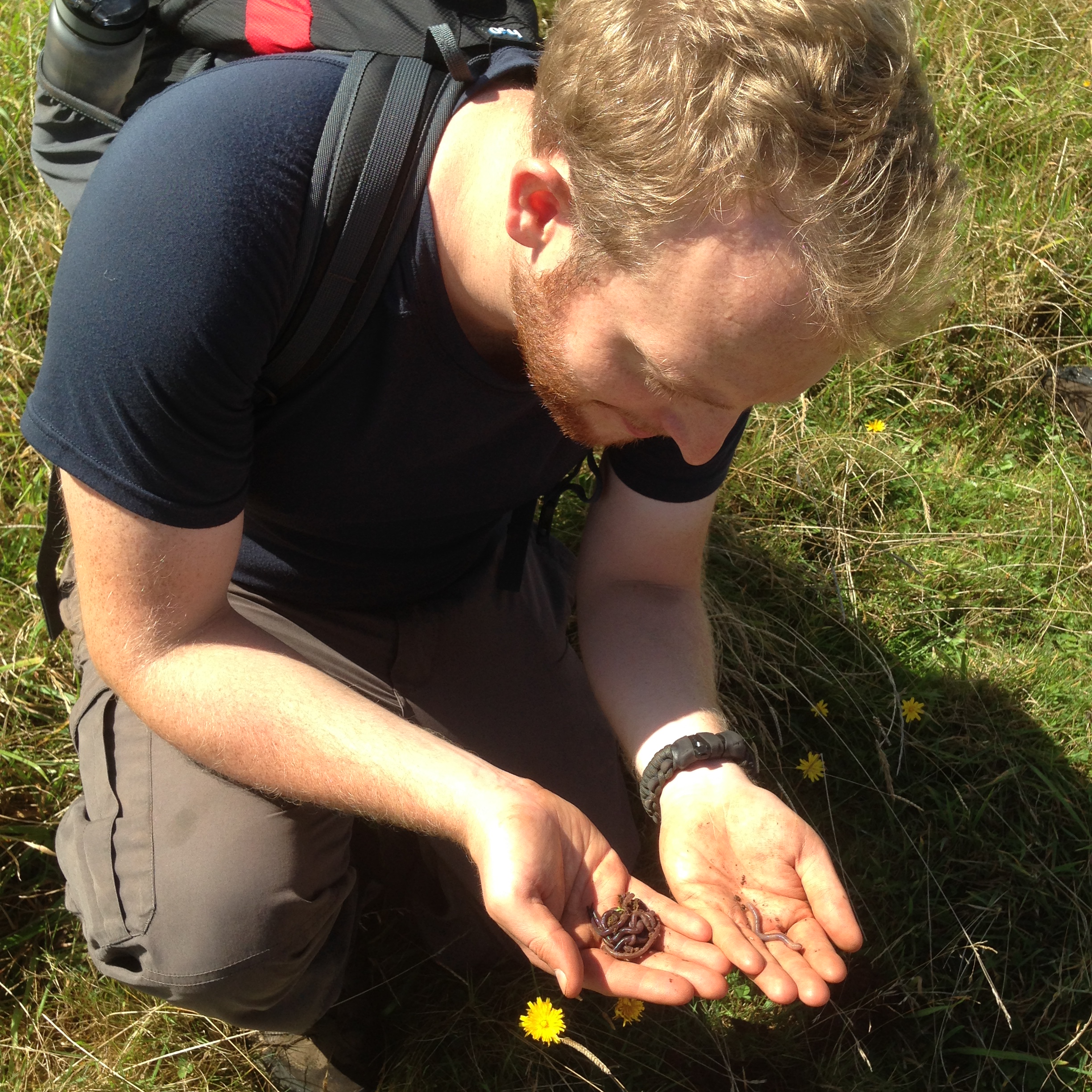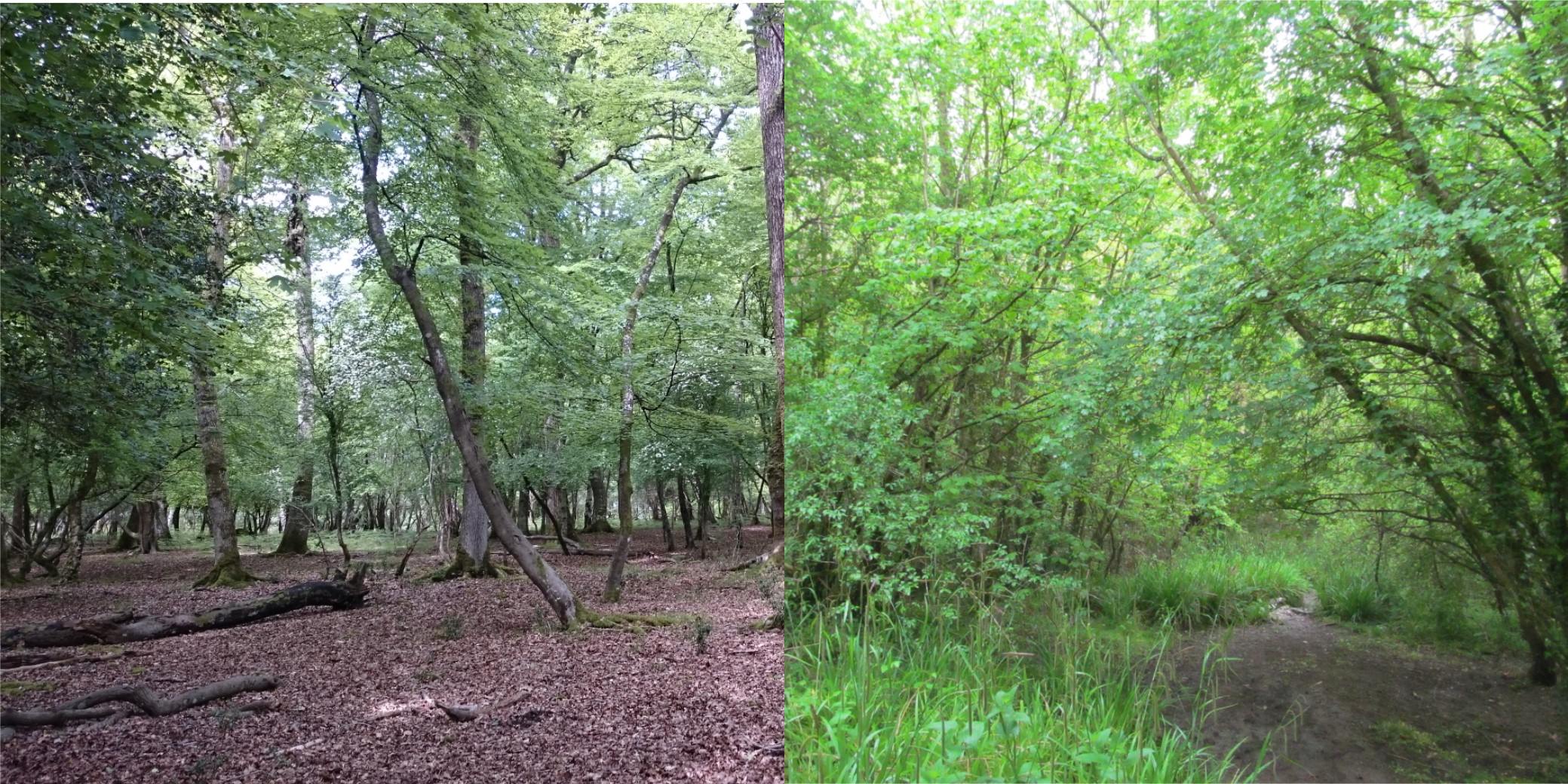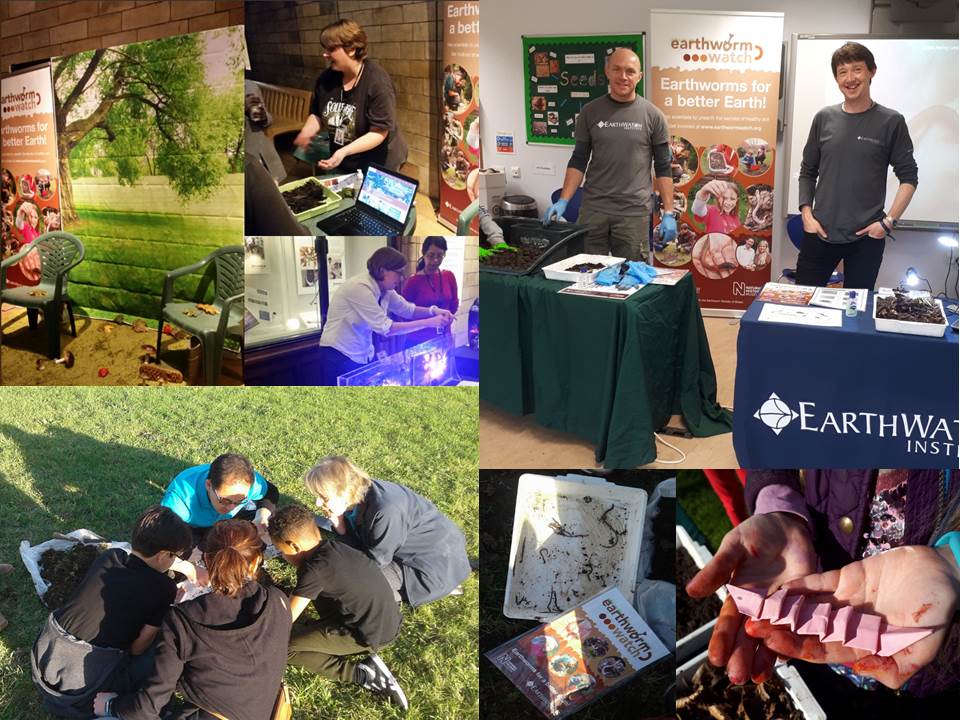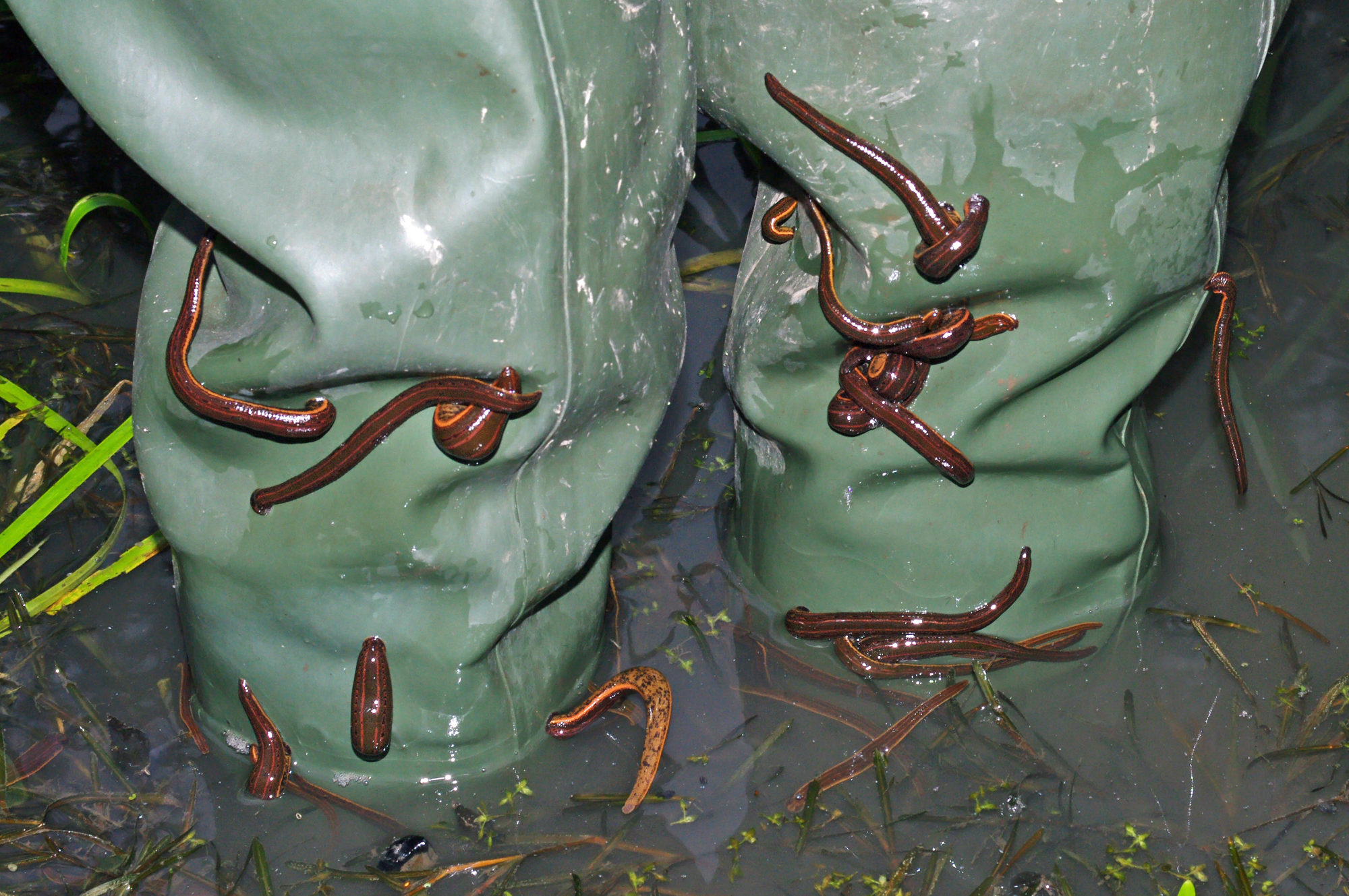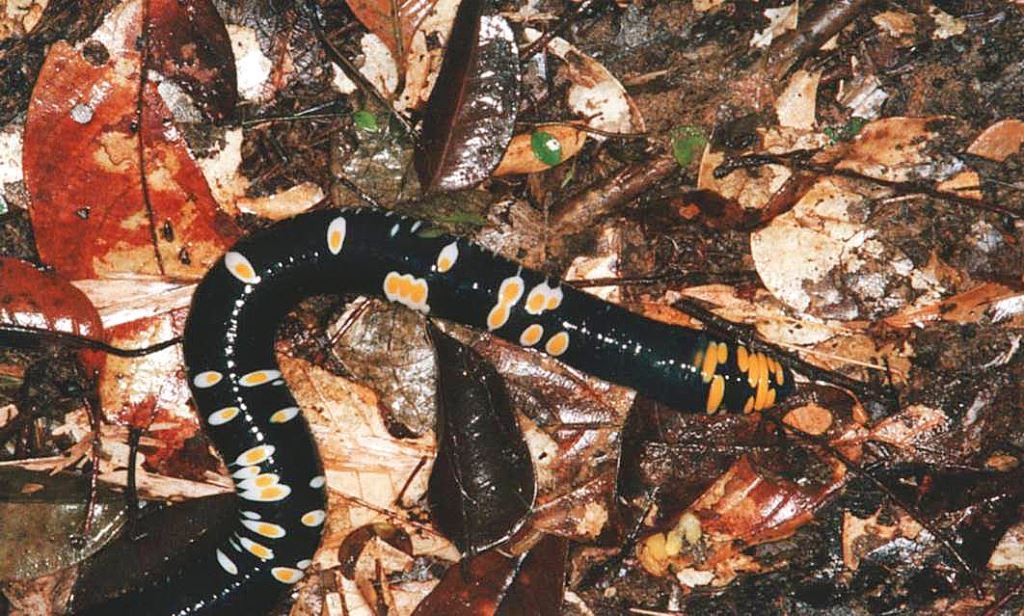Autumn is almost over in the UK and with it a feast of leaf litter, but not without causing a surge in earthworm activity before winter. For the dedicated few earthworm researchers this means that the fieldwork season has been well underway. The UK has a strong history of earthworm research, with Charles Darwin leading the charge back in the late nineteenth century.
Useful Links
About Us
Earthworm Watch is a collaboration between Earthwatch Institute (Europe) and the Natural History Museum in London

